The long and complex restoration of the pictorial cycle of the Hall of Constantine, the largest of Raphael’s famous Stanze, at the Vatican Museums has been concluded. The work, which began in March 2015, began on the east wall, where the majestic scene of the Vision of the Cross stands out, and was completed in December 2024 with the recovery of the large painted tapestry that overlooks the entire decoration in the center of the vault. The project was directed by the Department for the Art of the 15th-16th Centuries and executed by the Painting and Wooden Materials Restoration Laboratory, in collaboration with the Cabinet for Scientific Research, and the support of the Patrons of the Arts in the Vatican Museums, New York Chapter.
The cleaning of the paintings restored not only the original brilliance and formal and aesthetic values of the entire decoration, but also opened new perspectives for study: insights emerged for historical, critical and technical reflection on how the work was created.
The Hall of Constantine was mentioned in documents as Aula pontificum superior to distinguish it from theAula pontificum inferior, located on the floor below, in the Borgia Apartment. Intended for official ceremonies such as the consistory or solemn wedding banquets, it was so named in honor of the Roman emperor who granted freedom of worship to Christians and was decorated in several stages: during the Medici pontificates of Leo X (1513-1521) and Clement VII (1523-1534), to whom date Raphael ’s oil paintings on the wall depicting Comitas and Iustitia and the monumental wall frescoes executed by his workshop, led by Giulio Romano and Giovan Francesco Penni, depicting the Vision of the Cross (or Adlocutio), the Battle of Ponte Milvio, the Baptism of Constantine and the Donation of Rome; during the papacy of Paul III Farnese (1534-1549), to whom some of Sebastiano del Piombo’s interventions in particular are due; and finally during the pontificates of Gregory XIII Boncompagni (1572-1585) and Sixtus V Peretti (1585-1590), when the decoration of the vault was carried out by Tommaso Laureti, a pupil of Sebastiano del Piombo and author of the Triumph of Christianity over Paganism.
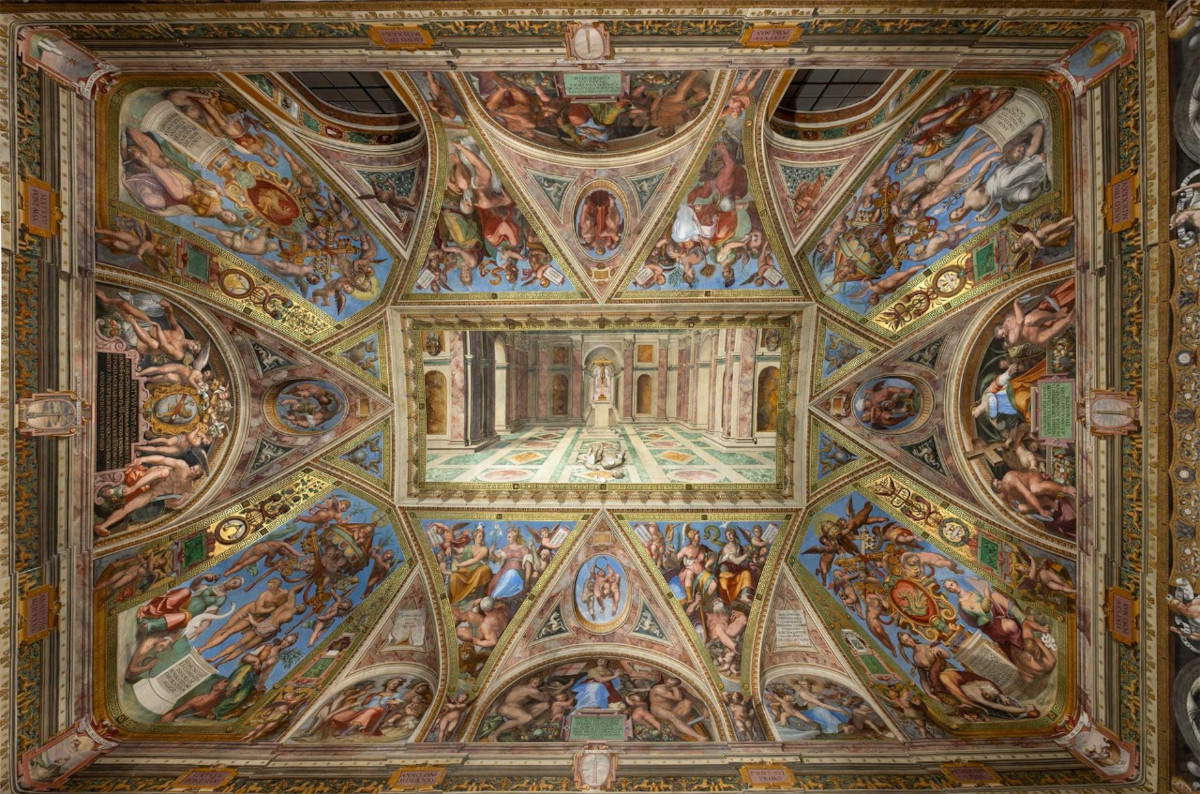

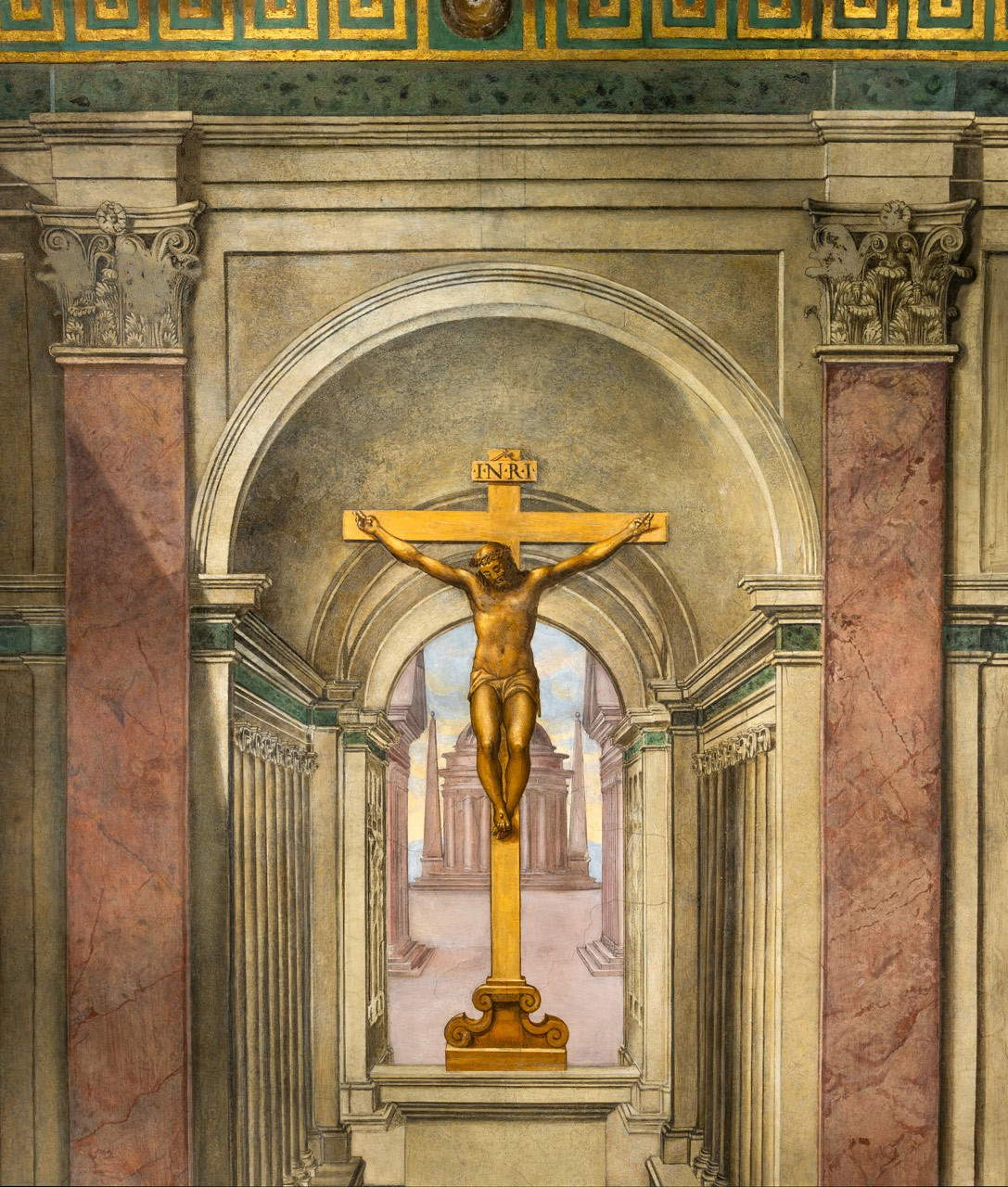
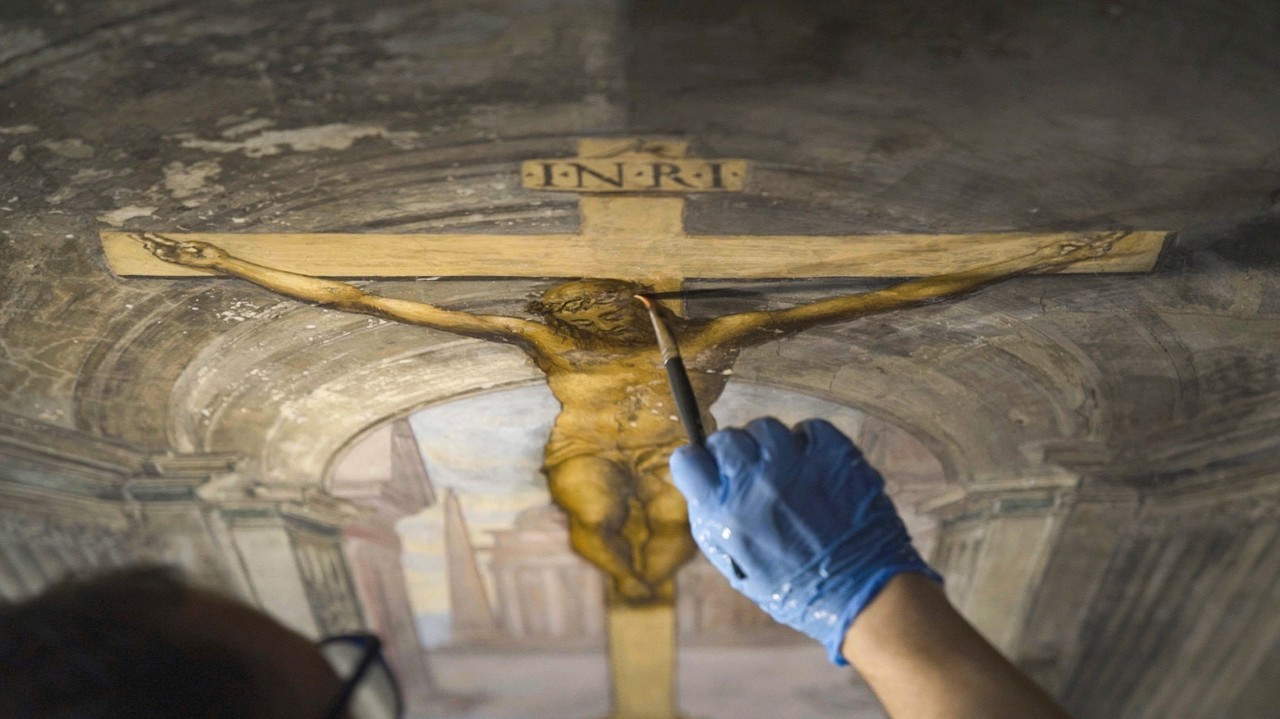
Today, the two figures painted in oil by Raphael, the monumentality of the wall scenes, the skillful play of visual deception devised by Laureti with the paintings on the vault, of which the faux tapestry in the center constitutes a supreme masterpiece of illusionistic perspective, as a whole, though uneven in style, make it possible, after their complete restoration, to appreciate the rich decorative and iconographic variety of the room. At the end of the decade-long restoration of the pictorial cycle, it can be said that the paintings on the walls, the two figures painted in oil by Raphael and the four frescoes by Giulio Romano and Penni, his collaborators, together with the subsequent decoration of the vault by Laureti, represent with their different pictorial approaches a renewed and extraordinary testimony of painting in Rome from the first to the last decades of the 16th century.
Thanks to the contribution of the Cabinet of Scientific Research, directed by Fabio Morresi, it was possible to conduct uan complex diagnostic campaign with the use of cutting-edge technologies, such as 1900 nanometer reflectography, infrared in false colors, UV fluorescence and chemical analysis. The entire cycle was also documented with a three-dimensional model based on laser scans.
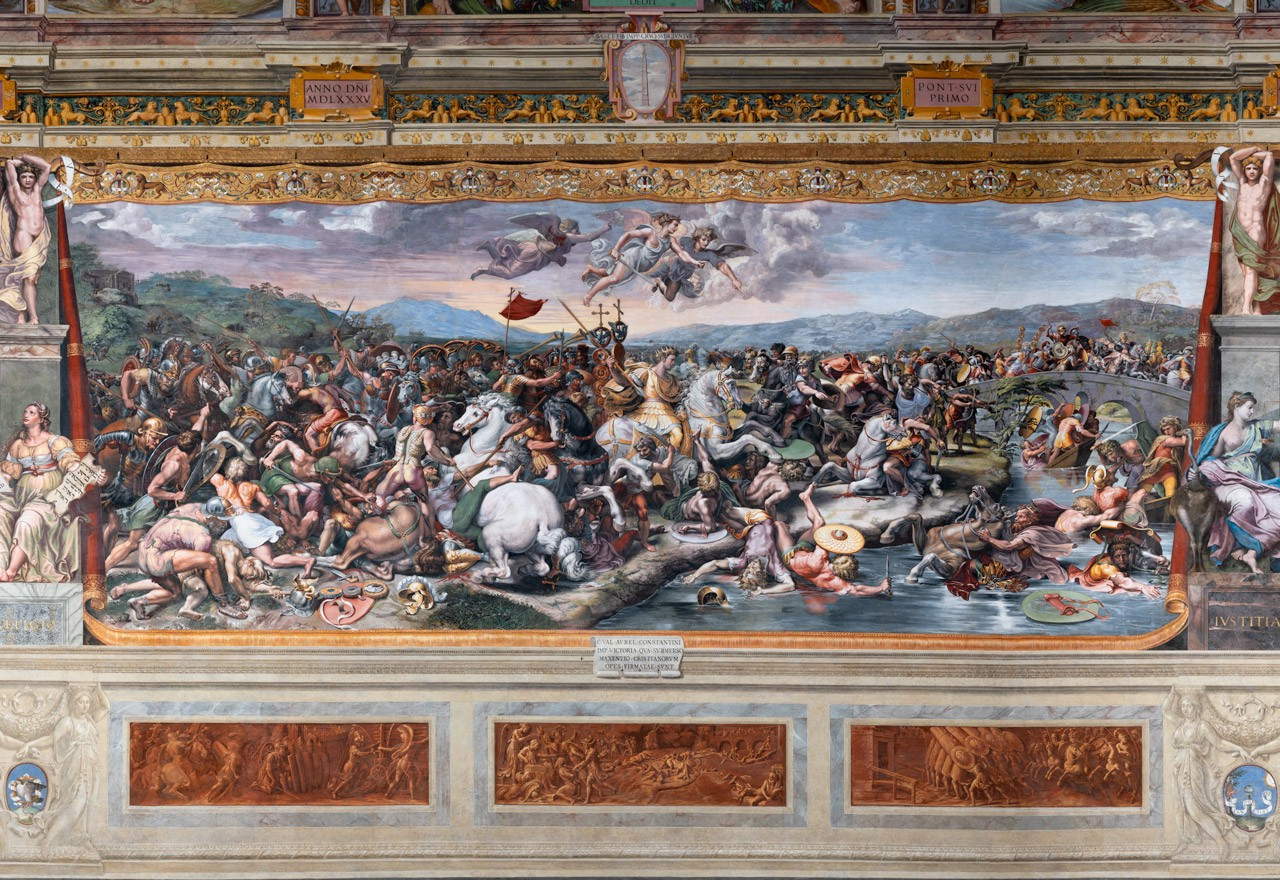
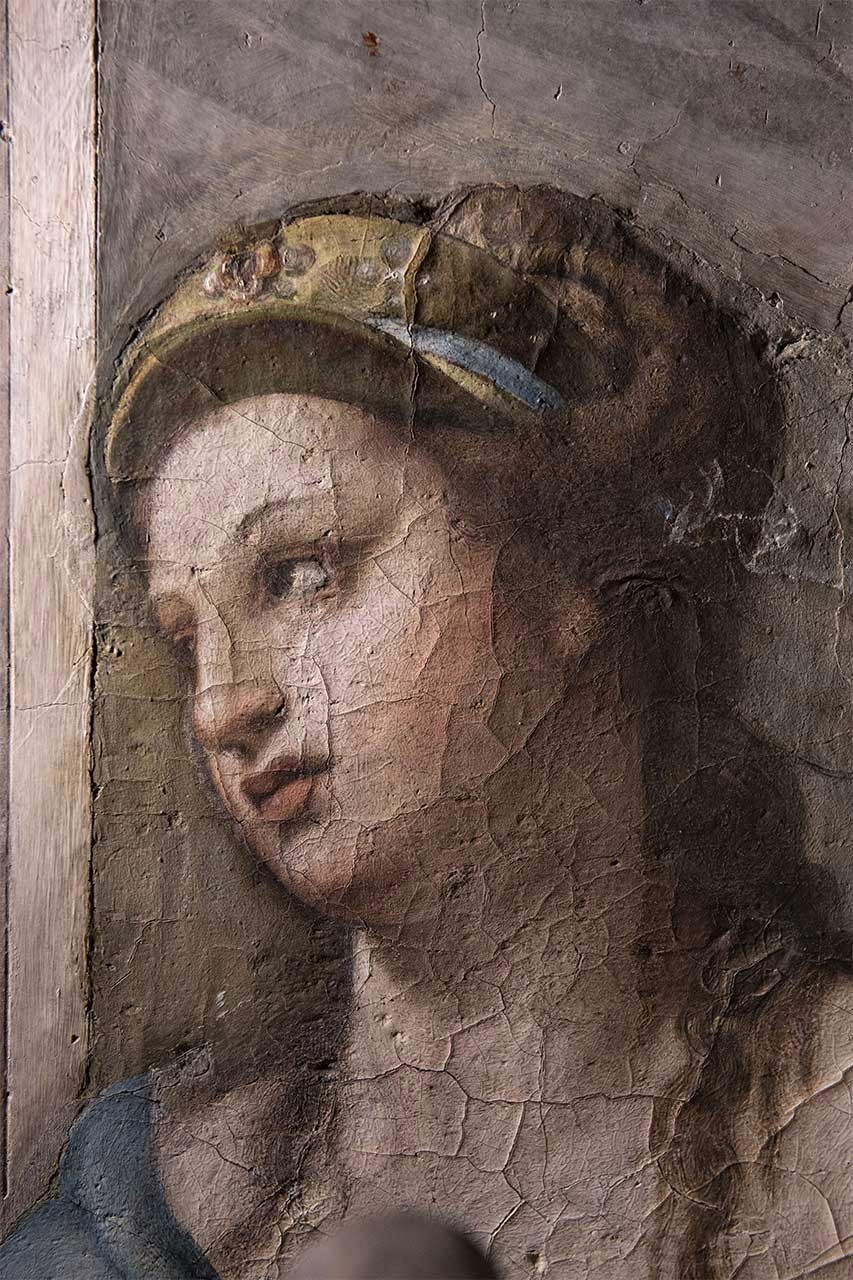
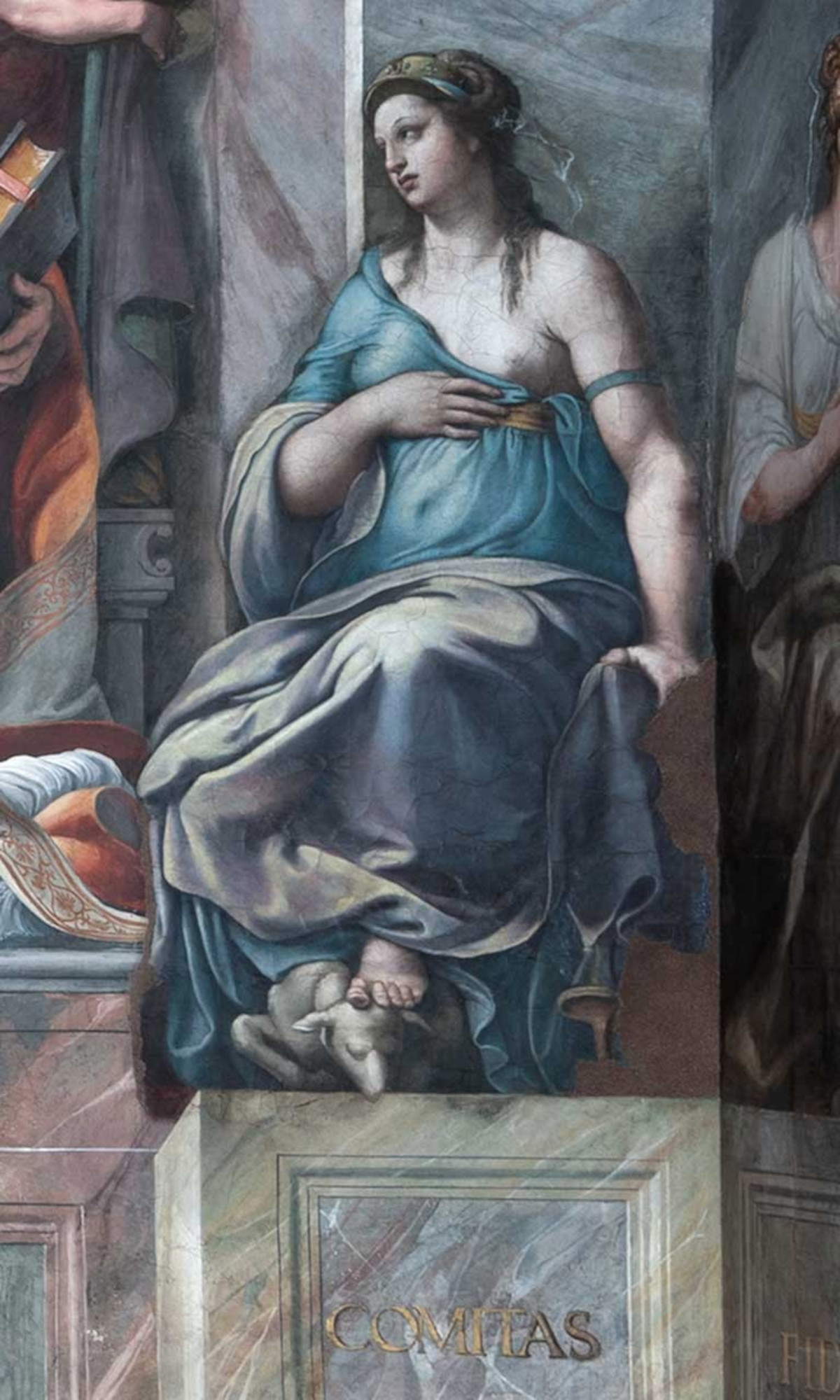
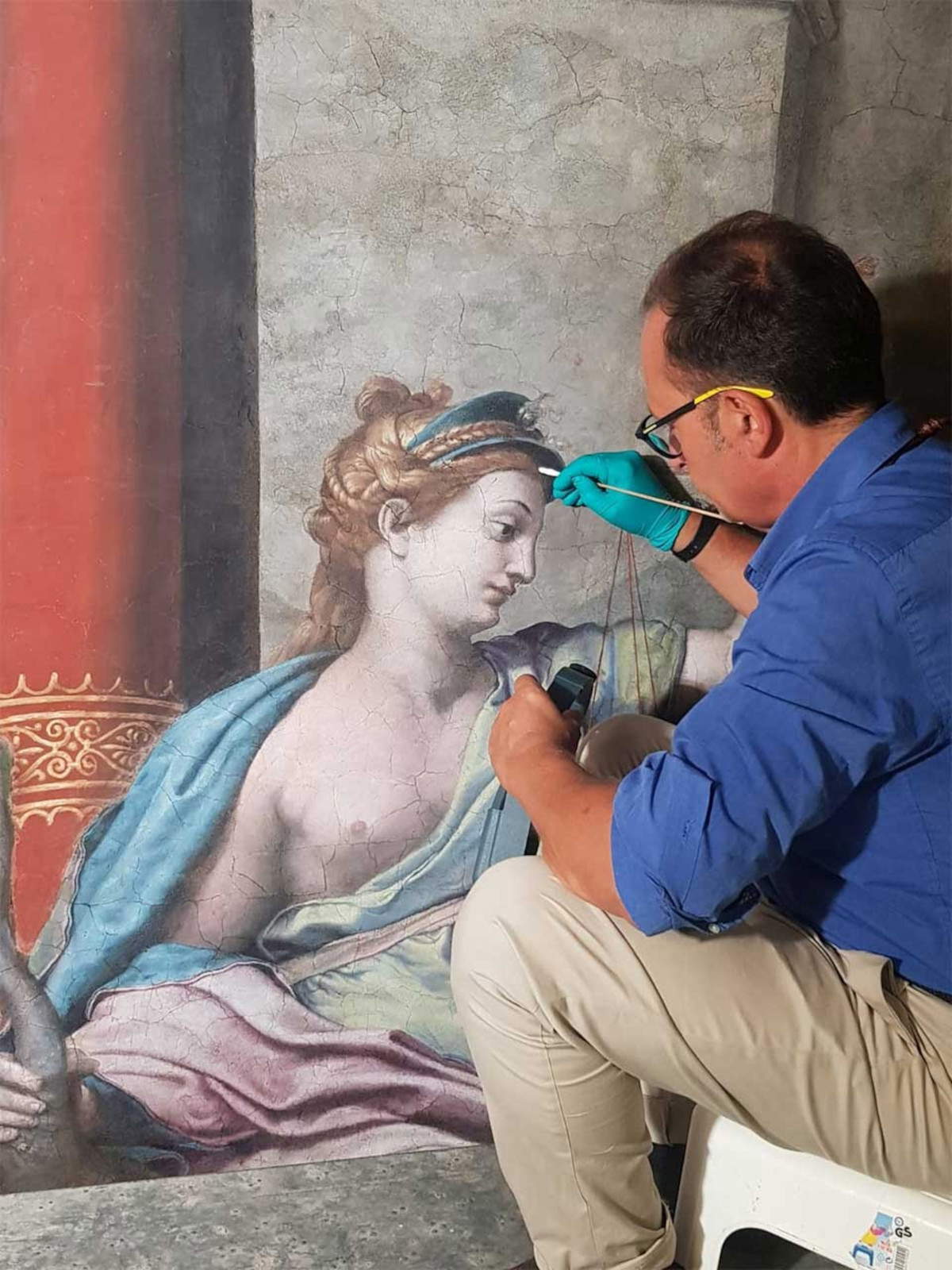
 |
| The pictorial cycle of the Hall of Constantine at the Vatican Museums restored. A decade-long intervention |
Warning: the translation into English of the original Italian article was created using automatic tools. We undertake to review all articles, but we do not guarantee the total absence of inaccuracies in the translation due to the program. You can find the original by clicking on the ITA button. If you find any mistake,please contact us.